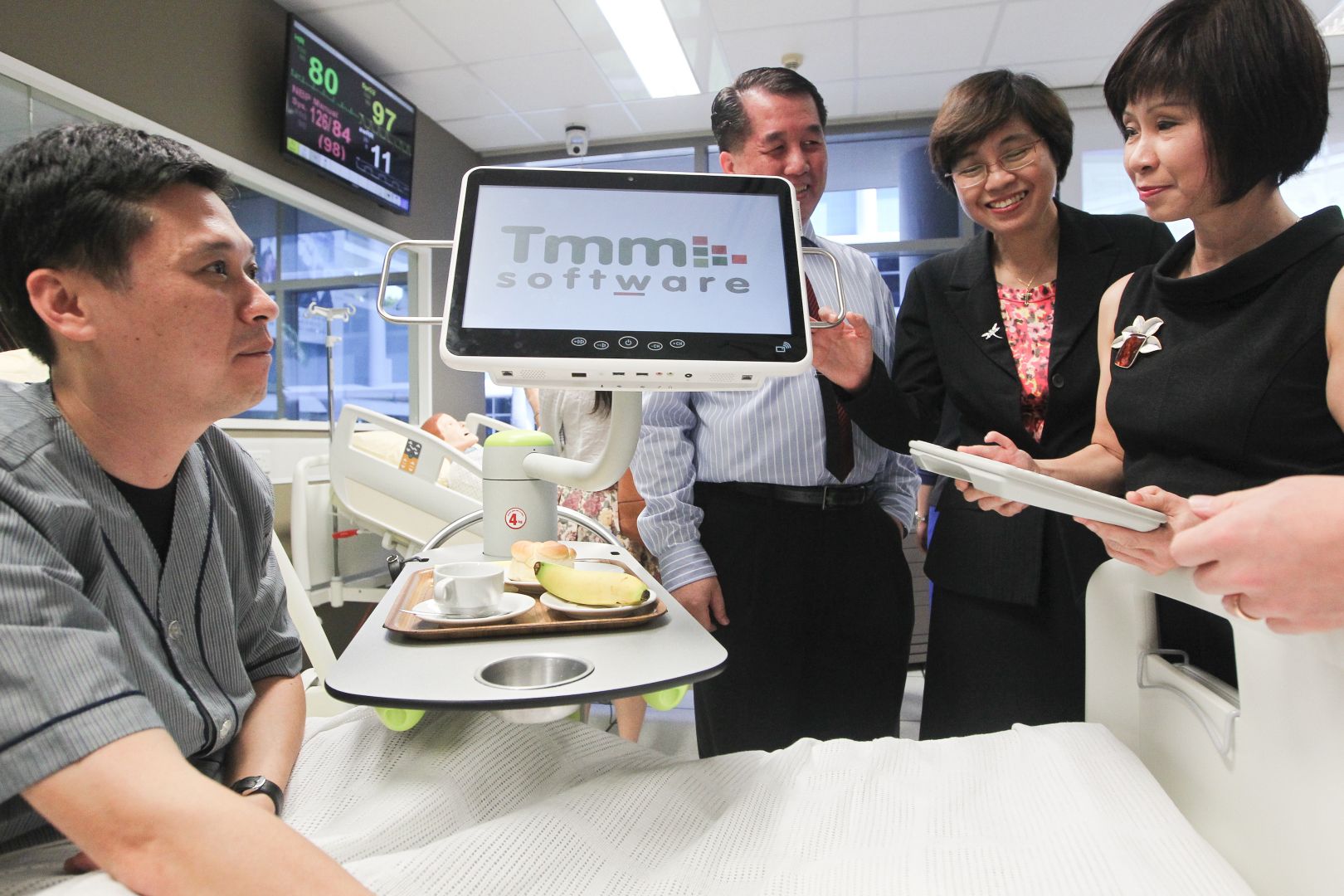Present Condition of Chinese Healthcare System: a brief literature review
 According to the report published by the Chinese Ministry of Health (2002), it is said that the provision of health care services in the country is based on three-tiered system. While in rural areas the village health stations, town’s central hospitals and county hospitals form the three tiers, in urban areas the three tiers consist of neighbourhood health clinics, district hospitals and municipal hospitals.
According to the report published by the Chinese Ministry of Health (2002), it is said that the provision of health care services in the country is based on three-tiered system. While in rural areas the village health stations, town’s central hospitals and county hospitals form the three tiers, in urban areas the three tiers consist of neighbourhood health clinics, district hospitals and municipal hospitals.
Dib et al (2009) note that this three-tiered system is aimed to ensure the efficient and effective provision of health care services while creating trusts and closer relationship between patients and doctors. As a first point of contact for patients, the health institutions at the lower level of the tier are designed to provide prevention and primary health care services. In practice, the private clinics account for majority of these low-level health instructions as they provide primary care services, health check-ups and cure minor diseases. On the other hand, county and municipal hospitals at the upper level of three-tiered system provide impatient, outpatient and emergence care services to the patients referred from lower level health institutions and hospitals (Chen Xiaohong, 2007).
However, Yu Guangjun et al (2007) argue that this vertical structured three-tiered system itself is the one of the key reasons behind the failure of the Chinese health care system. The difficulty in getting transferred from low-level health institutions and obtaining access from hospitals at the top level of hierarchy due to long-waiting lists for registration and treatment, unnecessary long bureaucratic processes pinpoint the difficulties faced by patients, particularly in rural areas. Moreover, given the huge size of country’s population, the author argues that lack of trained doctors and health care professionals, shortage of medical equipments and facilities further diminish the ability of hospitals and other health institutors to receive and treat the patients.
On the other hand, it is believed that the poor primary care services, long-waiting lists and lack of experienced health care professionals working in public hospitals increased the role of private hospitals in the industry. Moreover, short waiting times, better quality of service and affordable prices made private health clinics the first choice of middle and lower-income patients (Liu Yuanli et al, 2006).
The findings of recent survey conducted by Xaiohong (2007) supports the above view. According to the survey, nearly one-third of people questioned in rural areas indicated that they went to private clinics rather than public hospitals/health institutions to receive health care service. Due to large number of migrant-workers and dense population, this number is even higher in urban areas as nearly 50% of surveyed said that they went to private clinics.
References
Chen Xiaohong (2007) ‘Analysis on Private Clinic Be Encouraged to Increase Medical Service Provision’, Chinese Hospitals, Volume 11, Issue 7, 29-31.
Liu Yuanli et al (2006), ‘Health care in China: The Role of Non-Government Providers’, Health Policy, Volume 77, Issue 2, 212-220
